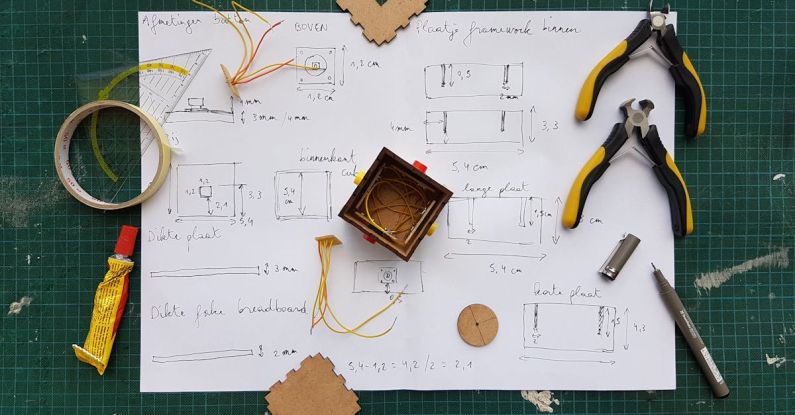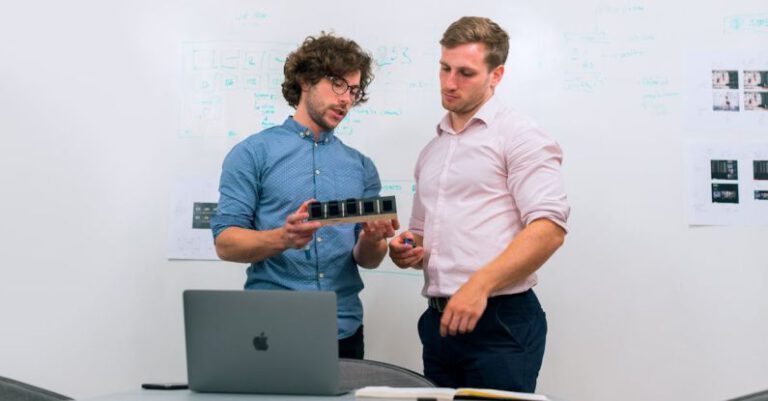What Is the Best Approach to Prototyping for Hardware Start-ups?
Prototyping plays a crucial role in the development of hardware start-ups. It allows entrepreneurs to test their ideas, gather feedback, and iterate on their designs before moving into mass production. However, choosing the best approach to prototyping can be challenging, as there are various methods available, each with its own set of advantages and limitations. In this article, we will explore different prototyping approaches and discuss the best practices for hardware start-ups to consider.
### Proof of Concept Prototyping
Before diving into full-scale prototyping, hardware start-ups often begin with proof of concept prototyping. This initial phase involves creating a basic prototype to demonstrate the core functionality of the product. Proof of concept prototypes are typically low-fidelity and focus on validating the feasibility of the idea. This approach allows entrepreneurs to test the fundamental aspects of their design without investing significant time and resources.
### Rapid Prototyping
Rapid prototyping is a popular approach among hardware start-ups due to its speed and cost-effectiveness. This method involves using 3D printing or other rapid manufacturing technologies to quickly create physical prototypes. Rapid prototyping allows entrepreneurs to iterate on their designs rapidly, making it easier to identify and address potential issues early in the development process. By creating multiple iterations quickly, hardware start-ups can accelerate their product development timeline and bring their ideas to market faster.
### Functional Prototyping
Functional prototyping focuses on creating prototypes that closely resemble the final product in terms of form and function. These prototypes are more advanced than proof of concept models and are used to test the performance and usability of the product. Functional prototypes often incorporate actual components and materials, allowing entrepreneurs to gather valuable feedback from users and stakeholders. While functional prototyping may be more time-consuming and expensive than other approaches, it provides a more realistic representation of the final product.
### User Testing Prototyping
User testing prototyping involves creating prototypes specifically for gathering feedback from end-users. This approach allows hardware start-ups to involve their target audience in the design process and gather insights on usability, functionality, and overall user experience. By conducting user testing early and often, entrepreneurs can identify areas for improvement and ensure that their product meets the needs and expectations of their customers. User testing prototyping is essential for refining the design and ensuring that the final product resonates with its intended users.
### Iterative Prototyping
Iterative prototyping is a continuous process of refining and improving the design based on feedback and testing results. This approach involves creating multiple iterations of the prototype, making incremental changes with each iteration. By incorporating feedback from stakeholders, users, and testing results, hardware start-ups can refine their design, address any issues, and optimize the product for performance and usability. Iterative prototyping allows entrepreneurs to make informed decisions and ensures that the final product meets the desired specifications.
### Conclusion: Choosing the Right Approach
When it comes to prototyping for hardware start-ups, there is no one-size-fits-all approach. The best method will depend on the specific needs and goals of the project. By considering factors such as time, budget, complexity, and user feedback, entrepreneurs can choose the most appropriate prototyping approach for their unique requirements. Whether starting with a proof of concept prototype or diving straight into functional prototyping, the key is to iterate, test, and refine the design to create a successful product that resonates with customers. By following best practices and leveraging the right prototyping approach, hardware start-ups can increase their chances of success and bring innovative products to market efficiently.






